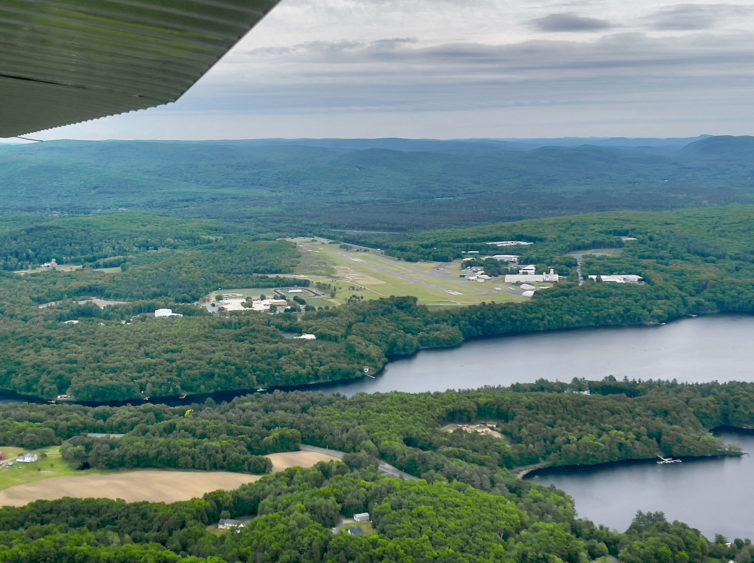
0B5, aka Turners Falls Municipal Airport in Turners Falls, Mass. This is the airport where my AvGeek obsession first took flight, and I finally got to land and take off there this month. – Photo: Katie Bailey
This is a continuation of my multi-part series on learning to fly. You can read the whole Fly With Francis series here.
My obsession with airplanes is directly attributable to a very loving grandmother’s attempts to settle down two very rambunctious young brothers. She’d drive us to nearby Turners Falls Municipal Airport to get ice cream and watch planes carrying parachutists from the local skydiving club while sitting on the hood of her beige 1969 VW Beetle. The high school I attended is located adjacent to the airport as well.
So, this spring, nearly 50 years later, with my relatively new pilot certificate in hand, I traveled back home and rented a Cessna 172SP from Monadnock Aviation in Keene, NH. Standard rental restrictions, such as a requirement for multiple checkout flights and having a dedicated rental insurance policy, made it easier to simply ask the folks at Monadnock to assign me a flight instructor to fly along on the trip to negate the need for the checkouts.
- The detail view of our official route, which was roughly 100 nautical miles and took about 90 minutes including stopping at KORE and 0B5. Foreflight screenshot
- KEEN airport in Keene, New Hampshire. Katie Bailey photo
- This is a zoomed-out view for context. Foreflight screenshot. Foreflight screenshot
I’d planned out the route in advance, so I was well prepared for the flight. We’d start and end at Keene airport (KEEN), fly south over the Quabbin Reservoir in central Massachusetts, land at Orange Municipal Airport (KORE), fly northwest to my collegiate alma mater (University of Massachusetts Amherst), land at Turners Falls Municipal (0B5), and fly back to KEEN.
It was a pleasant day, with a very high overcast, light winds, and smooth air. I’d never flown over this area in a small plane, although I’d seen it from 20,000+ feet out the windows of commercial jetliners plenty of times flying home for visits. Trust me when I tell you the views from 3,500 feet are much better.
The New England landscape is gorgeous, much lower in elevation than what I am used to in western Washington state and remarkably green this time of the year. The airspace is also much, much quieter – we didn’t encounter a single bit of air traffic the entire flight. Contrast that with flying out of Boeing Field, where there are dozens of aircraft aloft at any given time.
By way of a nerdy statistic, 0B5 had 17,100 aircraft operations in 2011 (the most recent year for which statistics are available), or an average of 47 a day, while my home airport, KBFI, had more than 180,000 in the same period, or an average of 493 a day. According to the FAA, Boeing Field has the third-busiest airspace in the United States (New York City and Teterboro, NJ are numbers one and two, respectively). Western Massachusetts was a much more chill environment in which to fly.
- Quabbin Reservoir, Massachusetts. Katie Bailey photo
- The University of Massachusetts, Amherst. Katie Bailey photo
- Northfield, Mass. and Vernon, Vt. Katie Bailey photo
It was my first pilot-in-command flight outside of metro Seattle, and I was pleased to discover that my flight planning matched up with the reality I saw outside the window. Seeing vistas that I’d previously only seen in postcards as a kid was an unforgettable experience. Having a very experienced local CFI beside me also made dealing with the unfamiliar airspace quite easy, although I only had to ask him for advice once, as it was all really pleasant and straightforward flying.
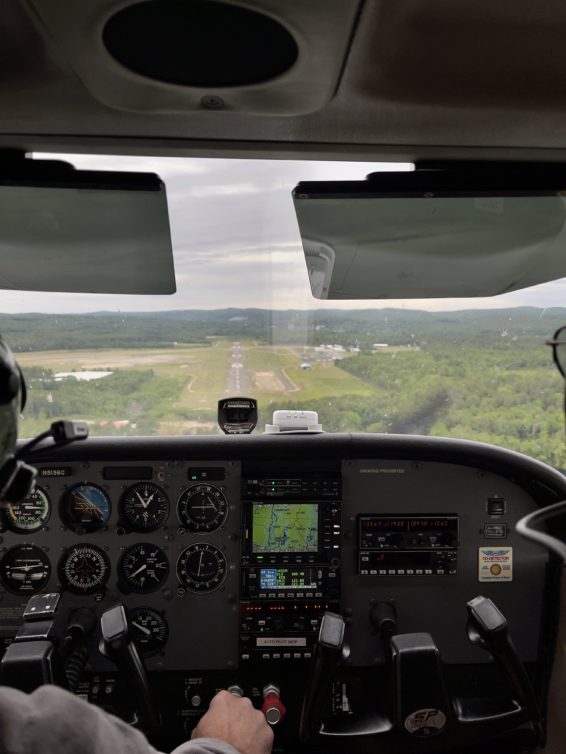
On final for KORE. Katie Bailey photo
The airports were all easy to find, and the sightseeing was fantastic. One thing I noticed was that, if there had been some sort of in-flight emergency and I had to do a forced landing, there were not a lot of fields available; the whole region is very heavily forested save for the Connecticut River Valley’s famously productive farmland.
Suffice it to say we had a great time. It was a bit surreal landing for the first time at the small airport I grew up next to, seeing my home area from a very new perspective, and I still managed to grease the landing. I’m planning to make this a regular part of hometown visits going forward.
Comments are closed here.
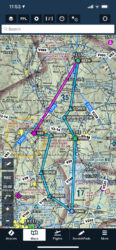
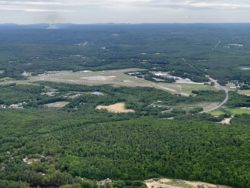
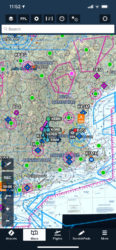
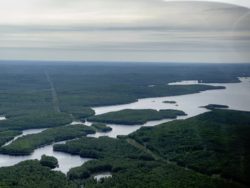

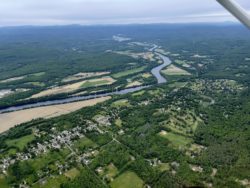
Well Done. Thanks for the very descriptive and well written article. Made me feel like I was right there flying alongside.
Thanks, Ray – I appreciate it, and thanks for reading!
was your gyro out? if that is a pic from the ride
 Good catch! It was acting up during the flight, and the issue was reported to maintenance once we landed.